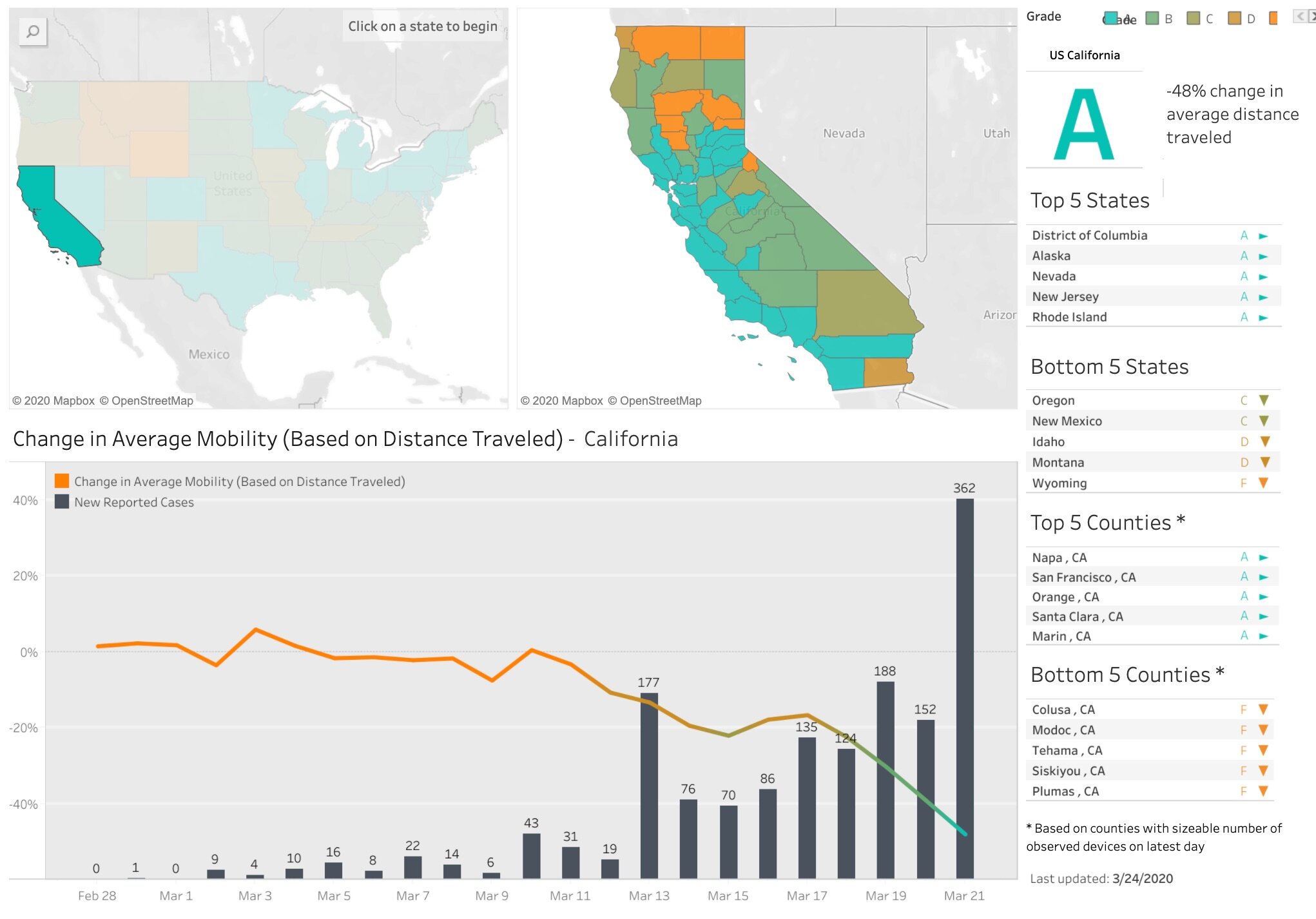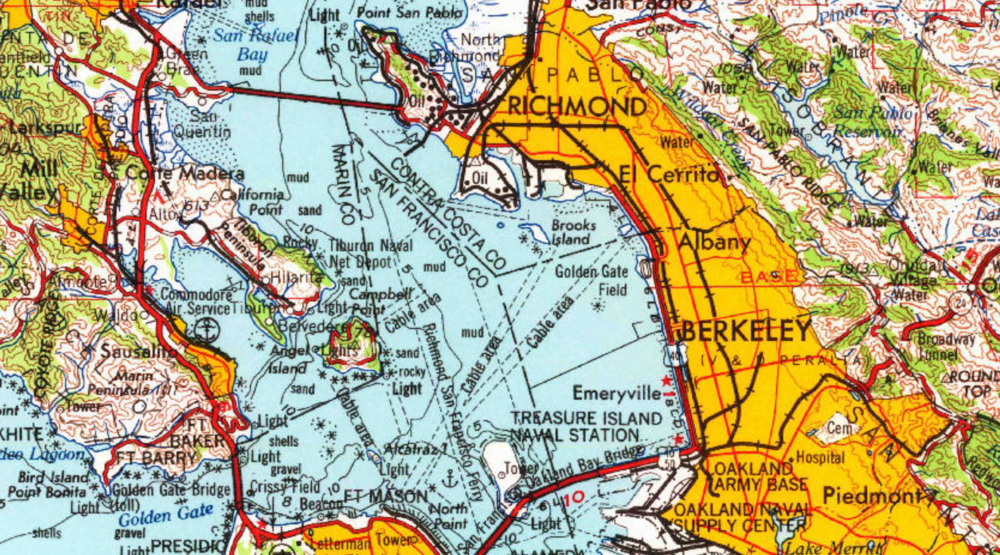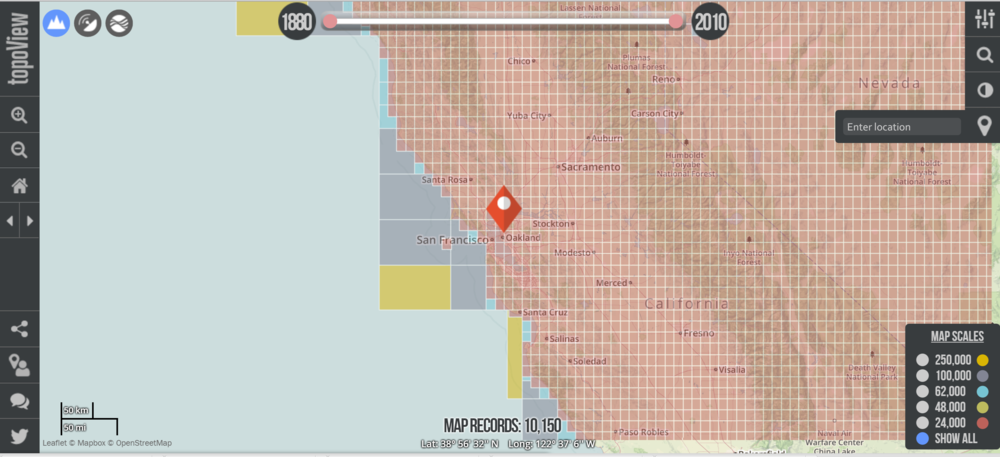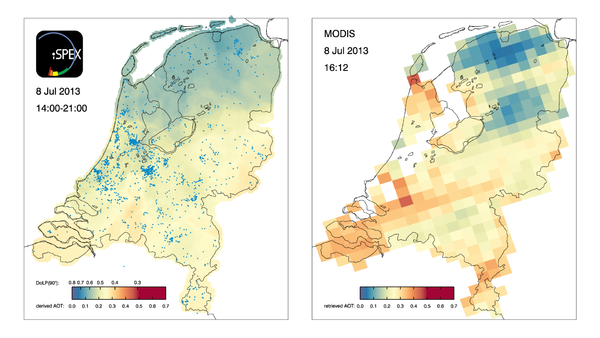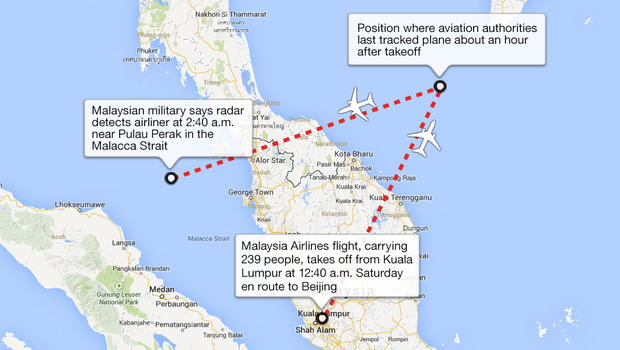ESRI UC 2020 - Virtually. Day 1
/My usual update from ESRI UC is a bit tougher this year, since I am working from home, and on one screen. So note taking is a bit rough. And I kind of miss the whole razz-ma-tazz of Day 1 on site. But here goes:
OK, so Jack’s Plenary is the always place to get a big view of new releases in software. 2020 is no different. A sweep of the software improvements coming this summer. Here is my (very) quick summary of highlights. Items with ‘*’ are those that will be useful in class (I hope).
The Conference Theme is Collaboration
What’s coming in ArcGIS Pro and AGOL:
Data:
New layers
Better integration with OSM*
Visualization (New Map Apps* - launching this fall):
Beta now in AGOL
Better styling, better color ramps, and better dynamic interaction with color ramp *
Dot density mapping!
Clustering and new labeling
Filtering data
Some cool color blending as an alternative to transparency! *
Cartography in Pro:
Charts
Story Maps
Optimize for mobile
Collections
StoryTeller role
Spatial Analytics and Data Science
New suitability modeling tool *
Spider diagrams
Modeling
AI, Big Data, ML
Jupyter Notebooks inside of ArcGIS Pro *
AGOL implementing Jupyter Notebooks
Imagery and Remote Sensing
Image management - ready to use workflows and content
Feature extraction
Analytics - classification, etc.
Something called “Excalibur” - web-based exploitation. Search and find, feature extraction, add to a database
Drone Mapping *
Drone2Map on desktop
Site Scan - cloud-based solutions
3D Mapping
Jack loves voxels
Real-time Analytics
Cloud-based sensor data storage and management
Data Management
Improving editing: 2D and 3D editing improvements *
Field Maps App
In beta, and should streamline things.
And Enterprise runs on kubernetes…
All leading up to ArcGIS 2021 next year.
OK deep breath, off for a lunch break.




